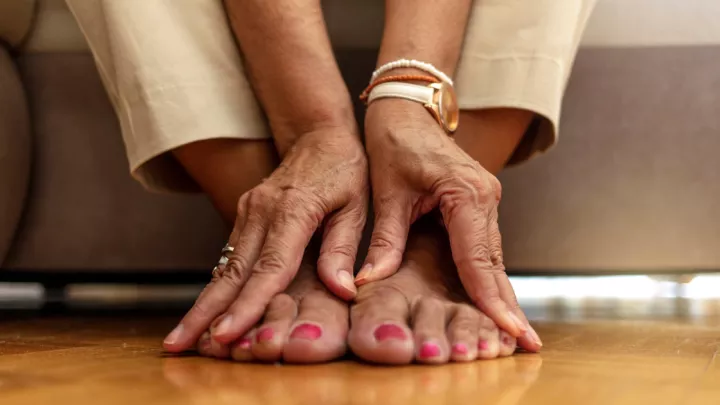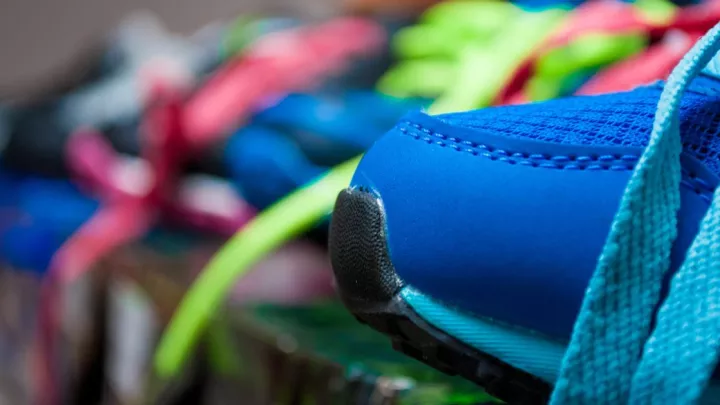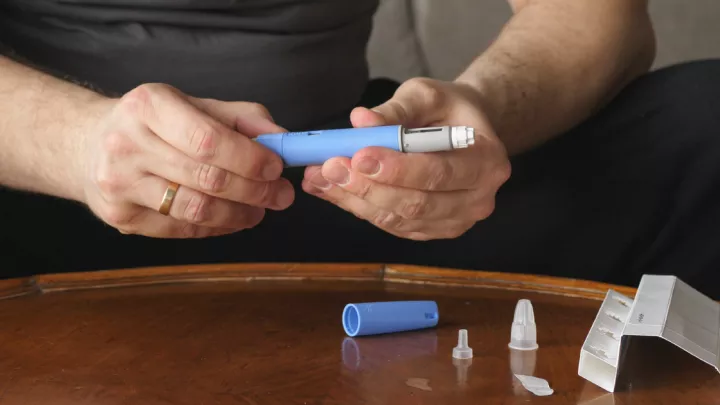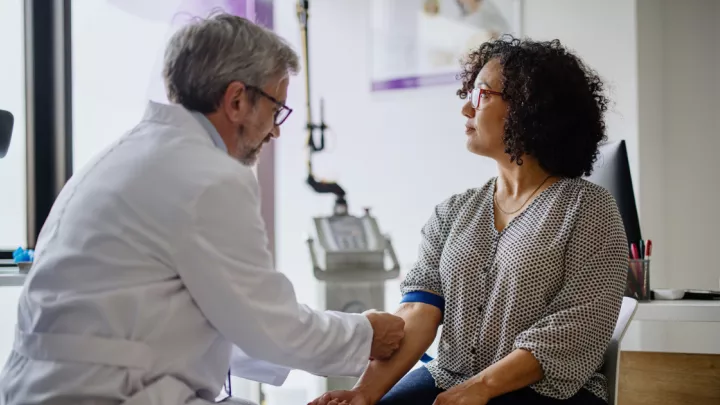What are hammertoes, and what causes them?
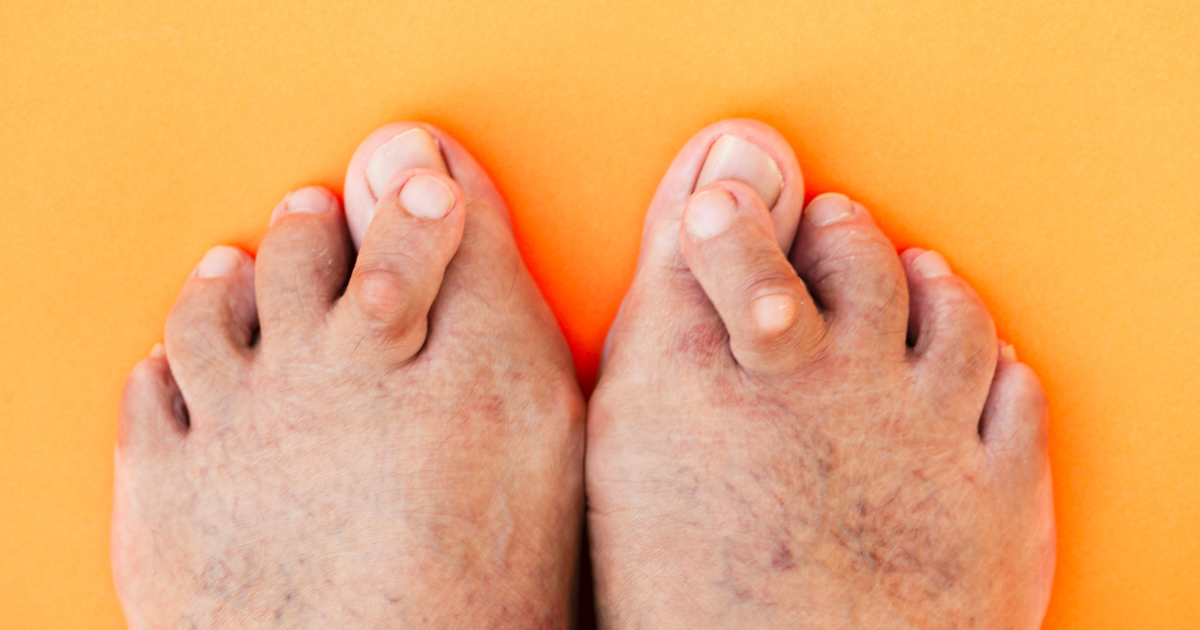
Hammertoes are toe deformities. Often, they're curled toes. Hammertoes are caused by imbalances of the various muscles and tendons that go into the toes. They may cause symptoms such as painful calluses from rubbing on shoes or other toes.
What causes hammertoes?
The hammertoe deformity starts at the hip. This leads to an imbalance of your calf muscle and the muscles that go to the toes. Many tendons go into your toes. When those tendons get off balance, they cause toes to curl, developing hammertoes. Often, the plantar plate or strong ligament on the bottom of the toe will tear, and the deformity will worsen.
“If you have family members with hammertoes, you’re more likely to develop the deformity,” explains orthopaedic surgeon Alex Sawatzke, MD. “Age also plays a role. I most often see hammertoes in patients who are 50 or older. Younger people can have them, but the deformity gets more severe and often symptomatic over time.”
Hammertoe symptoms
Hammertoes cause the protective pad at the ball of the foot to shift. As a result, pain can occur on the bottom at the ball of the foot.
“Callouses may also develop from the curled toe rubbing on other toes,” says Dr. Sawatzke. “A severe hammertoe deformity can cause wounds or deep callouses to develop on top or at the tip of the toe.”
When to see a doctor
When your hammertoes become symptomatic, it’s time to consult a health care professional. Make an appointment with your primary care doctor or a foot specialist if:
- You have a callous or painful spot on your toe or foot.
- The curled toe rubbing on another toe is bothersome.
- Your symptoms or toe deformity is worsening.
Treatment options for hammertoes
Treatment for hammertoes depends on your symptoms. Some patients find relief using toe spacers and other over-the-counter silicone devices. “These can work well if you have a smaller callous or toe deformity that isn’t causing much pain,” says Dr. Sawatzke. “If you have severe, recurrent calluses and pain or you’re unable to wear shoes, it may be time for surgery.”
Hammertoe correction surgery is complex and varies from patient to patient. These procedures often involve multiple toes and may include bunion surgery. In certain cases, minimally invasive techniques can be used.


